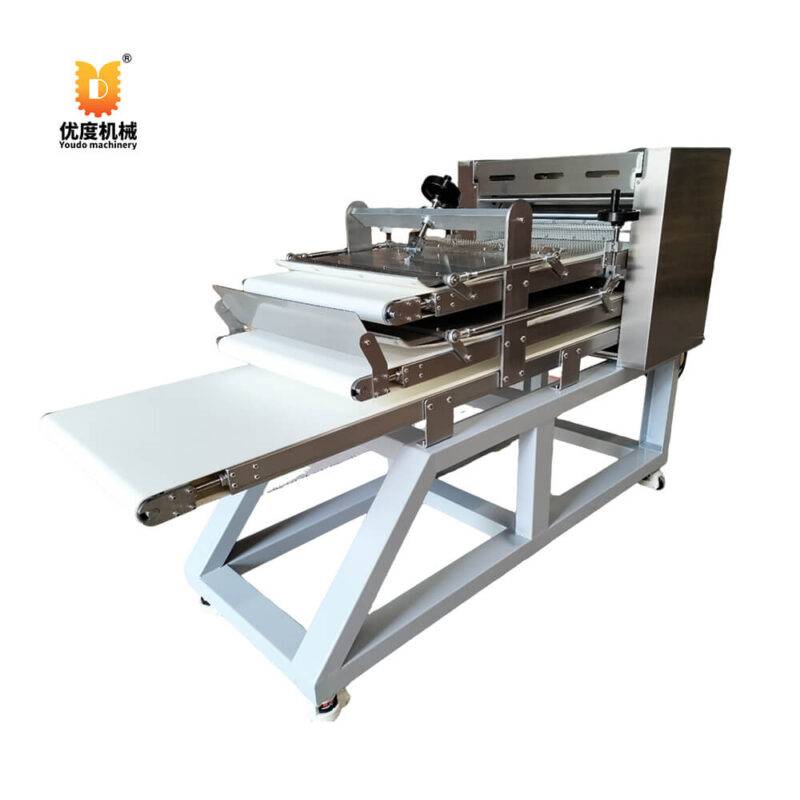The Breathing Shaper: When Steel Learned a Baker’s Tenderness
I’ll always remember how my grandmother shaped dough in her arms, saying it needed to hear a heartbeat to become soft. When I inherited her bakery, my croissants always twisted into crooked crescents, my baguettes into lonely spindles. Then, in a corner of a Paris baking expo, I saw that gleaming dough shaper—its food-grade silicone belts gently cradling the dough, bionic mechanical fingers closing slowly like human fingertips, giving each portion the perfect embrace.
“This machine remembers 300 dough memories,” the French engineer said, touching the control screen as a hologram displayed the 134-degree golden curl of a croissant. “But what it does best is make every dough believe it’s truly loved.”
Three weeks after the shaper arrived, Carlos, an apprentice with permanent hand damage, suddenly wept at the console. He’d discovered the machine could replicate our grandmother’s technique: when selecting “country bread” mode, the mechanical wrist simulated her unique rhythm of three light presses followed by a firm one. “These are grandmother’s fingerprints,” he said, pointing to the spiral patterns in the dough. “It even recreates the slight tremor from her pinky’s old injury.”
Now we call our shaper “The Iron Grandma.” It remembers the precise pressure needed for gluten-free dough for allergic schoolchildren, the loose structure preferred by nursing home residents, the firm chewiness the newspaper delivery boy expects at 4 a.m. When the local paper asked how machine-shaped bread could carry warmth, I pointed to the curves on the control screen: “Doesn’t this look like a still-beating heart?”
The most touching moment came on Christmas Eve, when Carlos used the machine to make special bread for an old neighbor who’d lost his sense of taste to chemotherapy. Biting into the braided bread, the old man choked up: “These folds… exactly like my mother’s.”
Grandmother’s apron still hangs in our workspace, while the shaper’s stainless steel body is covered in employees’ handwritten recipe codes. Whenever new dough begins its transformation dance on the conveyor, morning light illuminates both the cloth apron on the wall and the machine’s sensor lenses—proof that true legacy never cares whether its vessel is flesh or steel.








